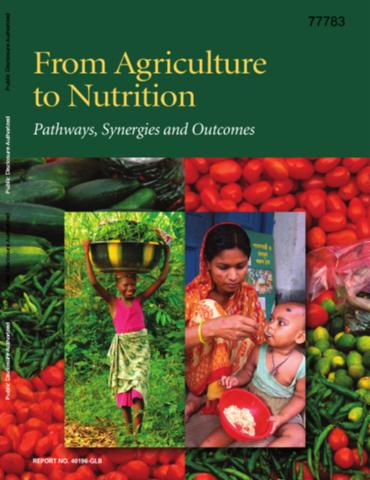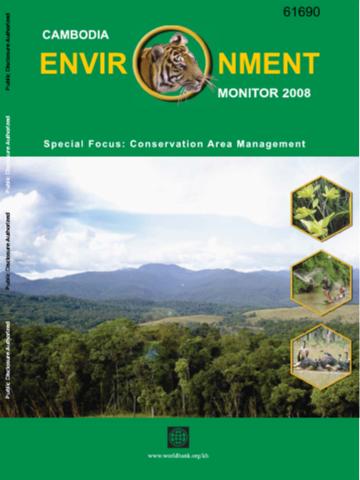Distortions to Agricultural Incentives in Japan, Korea, and Taiwan
The story of agricultural policy in Northeast Asia over the past 50 years illustrates the dramatic changes that can occur in distortions to agricultural incentives faced by producers and consumers at different stages of economic development.












